At AquiPor, we believe that climate change is mostly a water issue. One of the most significant impacts of a warming atmosphere is the effect that it’s having on precipitation. The amount of water that a region gets and when it gets that water has become more and more unpredictable. This can mean too much water (flooding) in some regions, and not nearly enough (drought) in others. And even in drought-stricken areas, when precipitation does come, it can be volatile and sudden.
Extreme rain events, outdated infrastructure, and the vast amount of impervious surfaces in our cities all factor into the alarming levels of runoff pollution and urban flooding that communities now have to contend with.
At AquiPor, we’ve developed our permeable concrete technology to take the place of traditional paved surfaces to help manage stormwater, reduce pollution from runoff, and help mitigate flooding in cities and towns alike. Here are five ways that AquiPor can help make our communities more resilient to climate change:
- AquiPor’s permeable concrete manages stormwater right where it falls by allowing rain to flow through the material and naturally soak back into the ground. Instead of relying on inadequate gray infrastructure (underground pipes, tanks, and conveyance systems), which gets overwhelmed in big rain events, AquiPor captures and filters stormwater where it falls, getting precious rainfall back into the ground naturally. This is especially important for regions experiencing historic drought such as in California, where record amounts of precipitation were wasted due to inadequate infrastructure.
2. AquiPor makes it easier for cities to deal with water pollution. It’s estimated that over 10 TRILLION GALLONS of untreated stormwater, wastewater, and sewage gets discharged into clean water bodies every year. This is due to the vast amount of impervious concrete and asphalt surfaces in cities, the amount of runoff these surfaces generate, and the outdated nature of gray infrastructure systems that are ill-equipped to deal with large volumes of runoff.
When it rains, stormwater that should naturally soak into soils and recharge groundwater instead becomes polluted runoff as soon as it hits the pavement. Much of this polluted runoff ends up in nearby water bodies.
By replacing traditional pavements with AquiPor’s permeable concrete, stormwater can now flow through the concrete and back into the ground. Due to the tiny pore size of AquiPor concrete, it can even filter out the majority of dirt, debris, and pollutants found in stormwater.
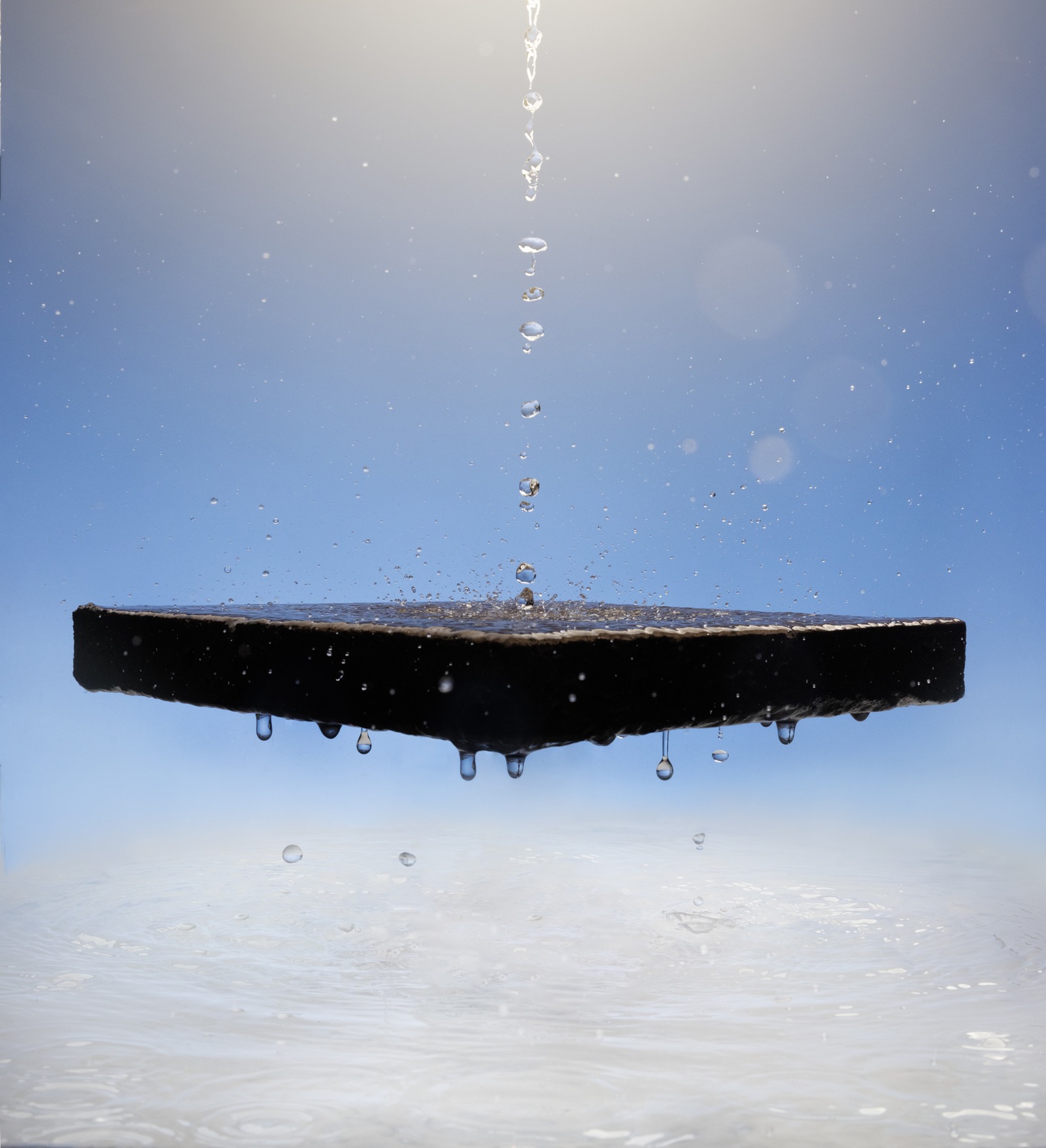
3. AquiPor’s product has an inherently low CO2 footprint. Cement and concrete production is responsible for 8% of the world’s CO2 emissions each year. In addition to AquiPor’s ability to manage stormwater and mitigate flooding, our concrete is produced in an entirely new way and does not use normal cement in the process. Instead, we use a combination of industrial minerals and without the need for cement plants, our process has an extremely low CO2 footprint when compared to normal concrete.
4. AquiPor uses recycled materials. Instead of relying on pollutive cements and additives, our concrete uses a proprietary mix of industrial minerals and “leftovers” from other industries.
5. AquiPor’s concrete is precast, making it easy and efficient to install. Precast concrete has a myriad of advantages, including uniformity, saving time, and improved quality control. Precast concrete is manufactured offsite in a covered environment which means it isn’t weather dependent, and it enables just in time delivery for jobs. It also allows for a cleaner, safer construction site.
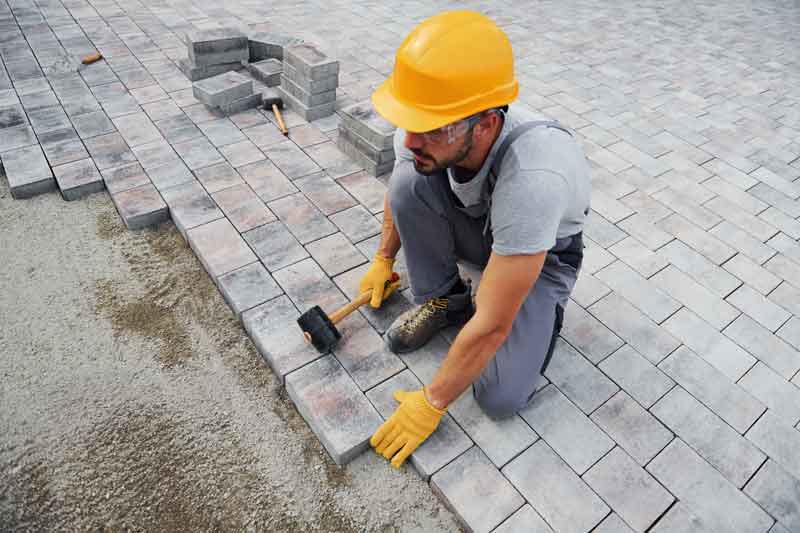
These are just a few of the ways that AquiPor’s permeable concrete technology can make communities more resilient in the face of climate change. Where can this technology make the biggest impact in your community?
Fly-ash is a hazardous environmental byproduct from coal-fired electric power generation and industrial boilers.
For decades, utilities have disposed of coal ash dangerously, dumping it in unlined ponds and landfills where the toxins leak into groundwater. Some estimates state there are over 3 billion tons of legacy and “fresh” fly-ash waste in the U.S. alone. Many landfills and collection ponds are near large cities.

According to industry’s own data, 94% of the coal ash ponds in the United States are unlined. Unlined ponds are contaminating groundwater with toxins above levels that the U.S. Environmental Protection Agency deems safe for drinking water.
Legal and technical experts from Earthjustice, the Environmental Integrity Project, and partner organizations located and analyzed the data disclosures from utilities that report groundwater monitoring data and found that 91% of these plants are contaminating groundwater with toxic substances at levels exceeding federal safe standards.
AquiPor’s permeable concrete can be used to sequester various harmful industrial waste by combining these materials with our catalytic binder. One such waste material we have been successfully testing in our mix designs is fly ash.
There are environmental and economic advantages to recycling this waste back into our concrete, but in addition to that, it creates some emerging properties that are very compelling for our permeable technology.
How about that...taking care of industrial waste that is contaminating groundwater and putting it into new, useful permeable material that can help improve groundwater and freshwater in our cities?!
If you’ve been following AquiPor for even a short amount of time, you know that we are developing a new type of permeable concrete that would help alleviate stormwater pollution in cities, and we’re really excited about that. It’s not every day you invent a technology that could not only make life better for people in cities but can also directly help make our communities more resilient to the impacts of climate change.
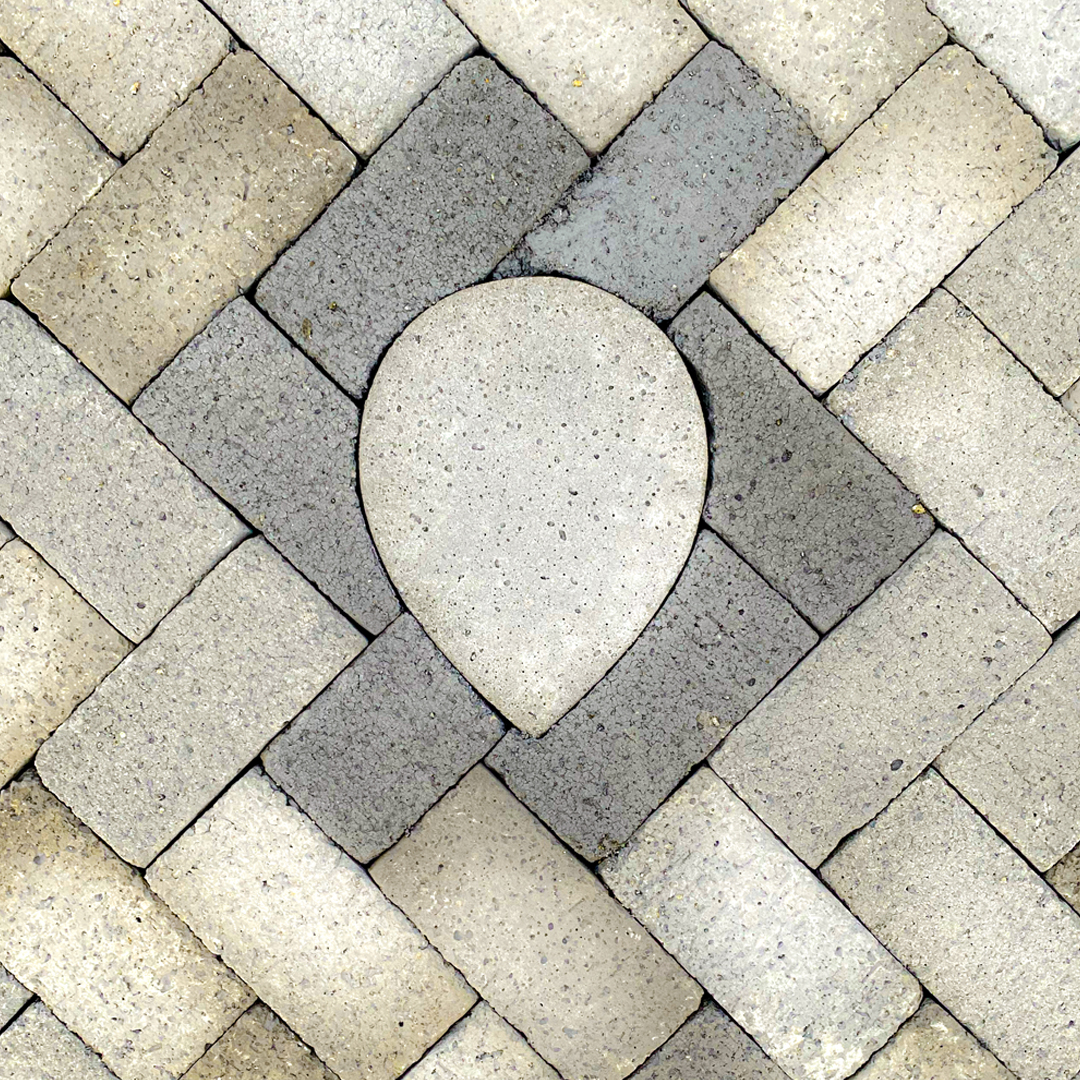
In short, our permeable concrete can help ease the pressure on already overused sewage systems and reduce pollution in the environment by providing a better way to handle rainwater and snow runoff. Instead of allowing polluted stormwater to run off of paved surfaces and into storm drains, our permeable pavers will allow this water to flow down through the material and into subsurface layers before naturally recharging groundwater.
There are many applications for our permeable concrete, and we thought it would be fun to share some ideas we have that you might not have thought of. Here are 5 possible applications of our permeable concrete:
1. Swimming pools: Not the actual swimming pools, that would be kind of silly to have porous material in your pool, but imagine that you have permeable pavers surrounding the pool. Excess water gets drained from around the pool, making it a safer place for your kids. Now, instead of yelling at your kids to “stop running around the pool!”, you can yell “kids, run and get me another beer!”. Honestly though, having less water around makes it less slick and therefore a lot safer for those you love. Just imagine!

2. Parking lots: You may not even notice it, but those random grassy swales in retail and commercial parking lots are actually there to deal with stormwater runoff. Instead of bulky, space consuming swales or stormwater ponds, AquiPor permeable pavers can take their place to manage stormwater without taking up all that usable space! Btw, did you know that 5.5% of all developed land in the U.S. is made up of impervious parking lots?! This is a problem we know can be reversed!
3. Sidewalk Panels: There are millions of miles of sidewalks throughout the U.S. and almost all of them are impermeable. What better way to manage stormwater from the street than to direct it to permeable sidewalks and manage it right there?! Now of course, these systems need to be designed and engineered to be structurally sound and to prevent road settling but we’ve considered that too. Our “steady-state”, porous detention tanks go underneath our permeable sidewalk panels and regulate how fast stormwater goes back into the ground based on the natural hydrology of those soils. As part of a fully engineered design, we can literally turn neighborhoods into stormwater infiltration corridors. Neat huh?
4. Bike lanes and walking paths: As more and more cities embrace micro-mobility and pedestrian friendly neighborhoods, why not turn the designated bike lanes and pathways in cities into permeable surfaces? Any opportunity to transform impervious pavement into permeable surfaces not only helps with stormwater and flooding issues, but it’s also known that permeable paving can help eliminate urban heat island. Pedestrian friendly + stormwater management + elimination of urban heat island = WIN WIN WIN!
5. Driveways and residential patios: Using permeable pavers in a residential driveway and / or patio can help alleviate all manner of groundwater and stormwater runoff issues, while also safeguarding local water quality by protecting against the infiltration of pollutants. In cold climates, electric or hydronic heating systems in conjunction with a well-designed permeable paver system can not only eliminate snow and ice, but it can get that precipitation back into the ground naturally. Of course, these system designs cost more but it goes to show you what’s possible with permeable concrete pavers!

At AquiPor, we’re hard at work developing our technology to meet the standards necessary for each and every one of these applications. What else haven’t we thought of?! Get in touch with us and let us know!
With climate change ever-present, it’s time to consider the value of stormwater and treat it like the freshwater asset that it is.
Even in the drought-ridden American West, climate change doesn’t necessarily reduce the amount of water an area receives, but it definitely has changed how, when, and in what form it arrives. This means more volatile precipitation, less snowpack, more flooding, higher temperatures, and shorter wet seasons.

The impact that this is having on our watersheds is alarming. All of the water that we consume comes from a watershed. Watersheds consist of two distinct parts: surface waters - which are streams, rivers, and lakes - and groundwater, which is stored in underground aquifers.
Most areas, at least in the West, rely heavily on groundwater. The need to replenish these underground stores is critical, and every drop of stormwater that becomes runoff instead of seeping back into the ground is a missed opportunity.
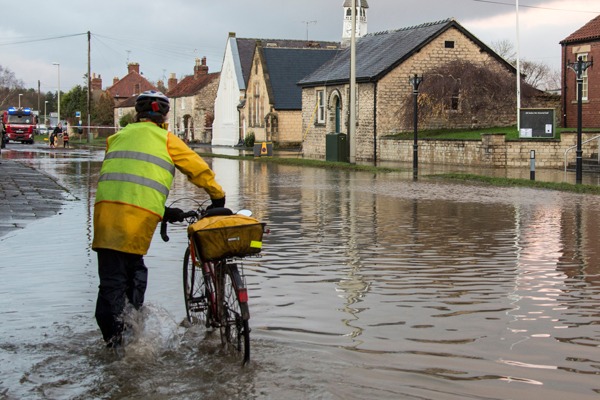
In most U.S. cities, where upward of 40% of the urban landscape is paved over with impervious surfaces, huge volumes of runoff are generated each time it rains. There is an enormous opportunity for cities to adapt to the new normal of climate change by turning impervious surfaces permeable. In this era of flashier rain events, where wet weather events can be extreme, volatile, and quick, cities can become more resilient by prioritizing the use of permeable paving and green infrastructure. Not only can it help mitigate urban flooding and runoff pollution, but it can readily get much needed precipitation back into the ground.
The current state of stormwater in the United States presents a unique challenge for design professionals of the present and future. The increased flooding and pollution problems associated with our changing weather patterns has become more noticeable with the passing of each season. The question now really is how bad will these problems become as the climate continues to change? For starters, recent studies indicate stormwater infrastructure built in the last 50 years was done so with data that did not account for climate change. In addition, infrastructure in 43 states are currently designed with data collected no sooner than 2015. Alarming for communities in the Pacific Northwest, rainfall records representing industry design storms date all the way back to 1973. The issues will continue to accelerate as long as The National Oceanic and Atmospheric Administration (NOAA) Atlas 14, which provides the data that determines design storm criteria, looks at the past and not the future. But even with the most up-to-date rainfall information, climate scientists warn that infrastructure is still likely to fail. The growing awareness behind these issues has brought forth $1.4 billion in direct federal funding over 5 years to the EPA Sewer Overflow & Stormwater Reuse Municipal Grant Program, reflecting only a small portion of an infrastructure bill that will directly impact stormwater improvement projects across the nation. The journey to bridge an $8 billion stormwater funding gap is now underway.

To help ease the fragmented planning efforts across the US, amendments to the Clean Water Act continue to legislate integrated planning, which identifies efficiency from separate wastewater and stormwater programs to best prioritize capital investments while achieving human health and water quality objectives. This holistic approach to planning builds community engagement, aligns objectives, and emphasizes a preparedness for change. The is a total of 30 integrated plans developed throughout the United States, a number expected to grow significantly through the decade.
Since 2015, the AquiPor team has recognized green infrastructure (GI) as a critical component to integrated planning efforts and are pleased to see this reflected in policy. Having said that, the current definition of GI as presented in the Clean Water Act falls short of incorporating the elements of integrated planning. GI is currently defined as "a range of measures that use plant or soil systems, permeable pavement or other permeable surfaces or substrates, stormwater harvest and reuse, or landscaping to store, infiltrate, or evapotranspirate stormwater and reduce flows to sewer systems or to surface waters." Defining green infrastructure simply by its performance characteristics detracts from the overall value of integrated planning. We aren't the only ones that feel this way. A recent study by The Frontiers of Ecology and the Environment reviewed 122 plans from 20 US cities, finding that city planning often fails to explicitly define green infrastructure, but when it does, stormwater concepts of GI are much more prevalent than landscape or integrative concepts. When defined, functions of GI are primarily hydrological. More functional diversity was found in landscape and integrative definitions of GI. In addition, stormwater concepts surrounding GI engage in greenwashing. The study calls for a broadened definition, one that focuses on the relations between ecological and built infrastructure systems to facilitate the production of social benefits. The review goes on to suggest the following definition : “A system of interconnected ecosystems, ecological–technological hybrids, and built infrastructures providing contextual social, environmental, and technological functions and benefits. As a planning concept, GI brings attention to how diverse types of urban ecosystems and built infrastructures function in relation to one another to meet socially negotiated goals”. We believe this broadened definition of GI incorporates the elements of integrated planning far greater than the one that currently sits in legislation.
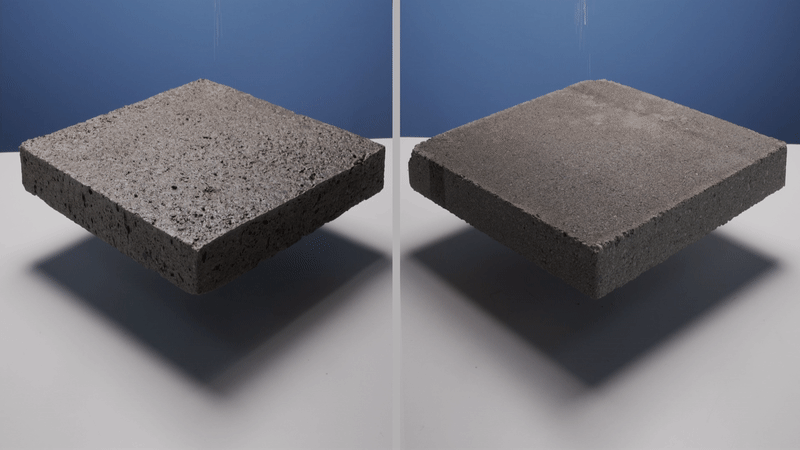
AquiPors ecological-technological approach to stormwater management helps to redefine GI by incorporating current infrastructure improvement needs and applying them into a singular retrofit design. By simply modernizing our nation's sidewalks, we can re-imagine transportation by evolving complete street concepts, utilize existing gray infrastructure as real estate for a utility housing corridor, and decentralize the basic needs of our communities with a combination of ecological and built systems intended to thrive in the face of a changing climate. Resilient infrastructure requires a new and innovative approach for tomorrow, and AquiPor is excited to meet this moment.
Utilizing Innovative Materials to Reduce Urban Flooding
Our very own co-founder and V.P. of Market Development, Kevin Kunz, recently spoke with FreightWaves about the importance of innovative green infrastructure for flood mitigation and stormwater management.
FreightWaves provides supply chain organizations with fundamental data and context that help benchmark, analyze, monitor pricing and risks in the $9.6 Trillion dollar global logistics industry. On the heels of extreme flooding disrupting logistics in parts of the country, numerous industries have now been impacted by climate change.
As Tyler Cole, director of carbon intelligence at FreightWaves stated, “It’s refreshing to see that new, innovative solutions for replacing crumbling infrastructure are electing to focus on environmental upgrades alongside functionality. The hype around electrification and reducing emissions can at times overshadow other crucial areas of impact, such as efficient and safe water systems or gender equality. We need more firms like AquiPor to identify, develop and scale climate solutions.”
Read the article here
Stormwater pollution has quietly become the most pervasive environmental issue that cities face today. As U.S. cities discharge trillions of gallons of untreated stormwater, wastewater, and raw sewage into clean waterways every year, a collective paradigm shift is desperately needed in urban water management. Larger storms are dropping more rain in less time, revealing what years of rapid urbanization and deteriorating infrastructure have done to our natural water systems.
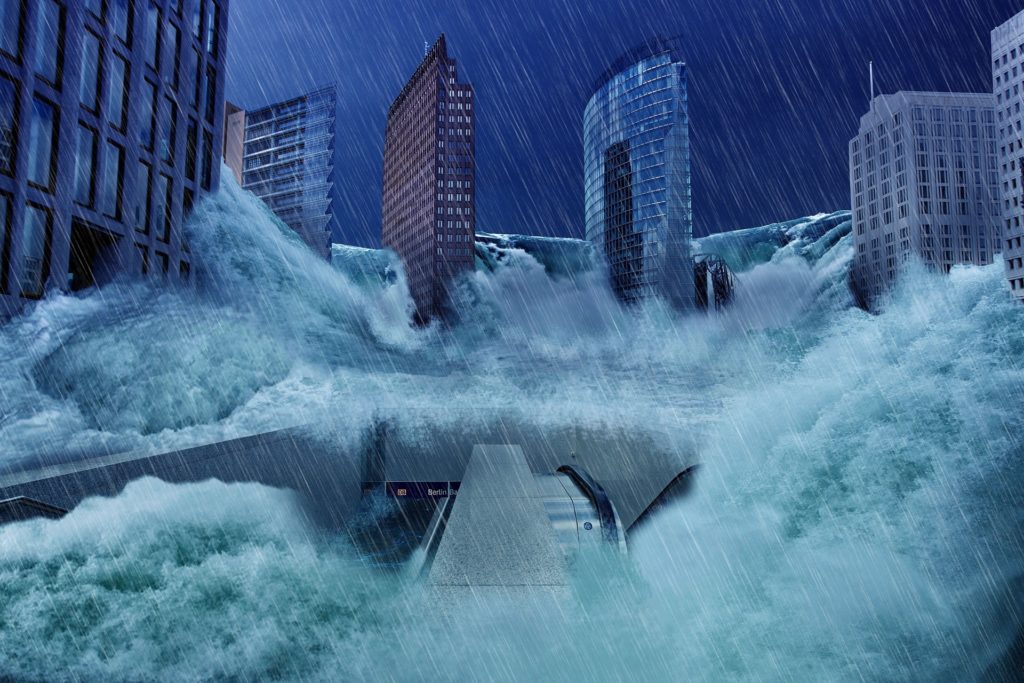
The EPA estimates a substantial funding gap for stormwater management over the next 20 years, and surely lack of funding can always be a convenient scapegoat. But as cities continue to lean heavily on old solutions to solve new water challenges, we’re reminded of something: if a problem worsens with the more money you throw at it, then you’ve got a broken paradigm. And like it or not, this characterizes the current state of stormwater infrastructure in the U.S.
The combination of increasing rainfall and vast impervious surface area in cities has introduced overwhelming volumes of stormwater that legacy infrastructure simply can’t contend with. Even super-sized tanks and larger system designs are scrutinized as outdated in the face of today’s extreme weather. As is the case with almost every facet of life, the status quo is no longer viable.
Fortunately in the midst of all of these headwinds, there is a silver lining. The unlikely combination of forward-thinking legislation, advanced technology development, and new realities are already ushering in the future of stormwater management. In combination, these three inflection points are poised to drastically change urban stormwater infrastructure moving forward.
New Realities usher in New Beliefs
For decades, regulators and decision-makers operated from the reactive belief that stormwater was a waste product to be captured and treated. Depending on the region, land was developed to withstand 10, 25, and even 100 year storms, and grey infrastructure was built and sized for the expectations of an era that is long gone. This one-size-fits-all configuration for managing the collection, treatment, and discharge of water has really never resulted in the best use of discharged water, as conditions constantly change. Never has this been more obvious than today.
As urban water systems deal with larger quantities of stormwater, regulators have been forced to adjust their lens. For every 1 degree (Fahrenheit) increase in temperature, the atmosphere holds about 4 percent more water vapor. Inevitably this is leading to much heavier and more intense rain events in certain areas. Stormwater management design used to primarily deal with water quality - ie., limiting the flow of chemicals, nutrients, and sediment into clean waterways. But in just a few recent years, the challenge of controlling water pollution has morphed into the growing challenge of protecting property and livelihoods.
All of this has brought forth a subtle and important change in how stormwater management is viewed. Over the past decade, green infrastructure was mostly given lip service as an integrated stormwater management approach. But today, the transition to green is seen as a necessity to confront the dual threat of urban flooding and increased water pollution. As many cities face budget cuts that make large grey infrastructure projects impractical in the near future, a more natural approach to stormwater management is proving to have both economic and environmental benefits for cities of all sizes.
Regulation with an eye toward the future
Regulators deserve some credit for acknowledging the situation that cities are in when it comes to stormwater management. By ushering in the bi-partisan provisions of the 2019 Water Infrastructure Improvement Act, legislators have given cities big incentives to integrate green infrastructure into the larger water infrastructure objectives of their capital plans.
It’s my belief that green infrastructure will be prioritized at levels we’ve yet to see in U.S. cities and the integrated planning framework serves to reinforce that. Cities that routinely defer large wastewater treatment projects or grey infrastructure projects can now use integrated planning to meet Clean Water guidelines in lieu of those large and often unaffordable capital projects. This framework can be especially beneficial to municipalities with existing consent decrees.
Innovative green infrastructure approaches that prove to achieve the same desired outcome of a traditional grey approach can be used to satisfy existing consent decrees and to meet Clean Water Act obligations. As municipal budgets shrink, this framework opens the door for large-scale green infrastructure in our cities. But this will only be possible IF and WHEN innovation in green infrastructure finally comes of age.
Green Infrastructure: Great in Theory.
As a theory, green infrastructure is a no-brainer. The multiple roles that it can play in natural stormwater drainage, pollution control, aquifer recharge, and reducing urban heat island effect have the potential to supply cities with major environmental, societal, and economic benefits. But as it exists today, the current green infrastructure toolkit has clear limitations.
To date, green infrastructure has carried the stigma of expensive maintenance and lack of scalability. Rain gardens, vegetated swales, and stormwater ponds require specialized and often tedious maintenance. In many cases these solutions also consume usable space without adding tangible value to a property (ask any developer how they feel about setting land aside for stormwater detention).
Permeable pavement was developed with the duality of filling the stormwater management role while maintaining the usefulness of normal pavement, but existing technologies have been the same for decades - still prone to clogging and too weak for wide scale implementation. Simply put, existing green infrastructure technologies do not scale at a level that makes them easily integrated into larger water infrastructure objectives. But just as market and regulatory inflection points have bubbled to the surface recently, so too has an inflection point in material technology and engineering design. This technology inflection point may redefine the role of hard surfaces in green infrastructure and finally pave the way to its wide-scale implementation.
Reimagining 1,000,000 miles of hard surfaces
Despite the known short-comings of existing permeable pavements, the ability to utilize a hard surface material to manage stormwater onsite, while still providing the functionality of normal pavement has a major role to play in the future of urban water management. New permeable material technologies are being advanced with unique characteristics in strength, permeability, and material porosity that measures less than 5 microns in size - capable of filtering dirt, debris, and particulate matter onto the surface of the material for easy and cost-effective maintenance.
These materials are being developed for wide-scale integration into urban stormwater management systems as part of engineered designs that turn the edge of streets and sidewalks into permeable drainage zones, greatly reducing the footprint of existing stormwater facilities. Instead of full permeable street sections, or land set asides for stormwater ponds, we can reimagine the curb, gutter, and sidewalk as a natural stormwater drainage facility. Designed with the proper runoff coefficients, hydrologic, and structural factors in mind, the street becomes part of an infiltration corridor where groundwater recharge happens within existing cityscapes.
Deployed at scale we imagine the impact to be significant over the coming years.
Like so many things in our society, the status quo has run its course. Mitigating urban flooding and reducing the volume of stormwater to treatment facilities is both critical and achievable for a sustainable water future. As technology and institutional decision-making comes of age, the innovation deficit in water management will continue to disappear. So we better act with urgency.